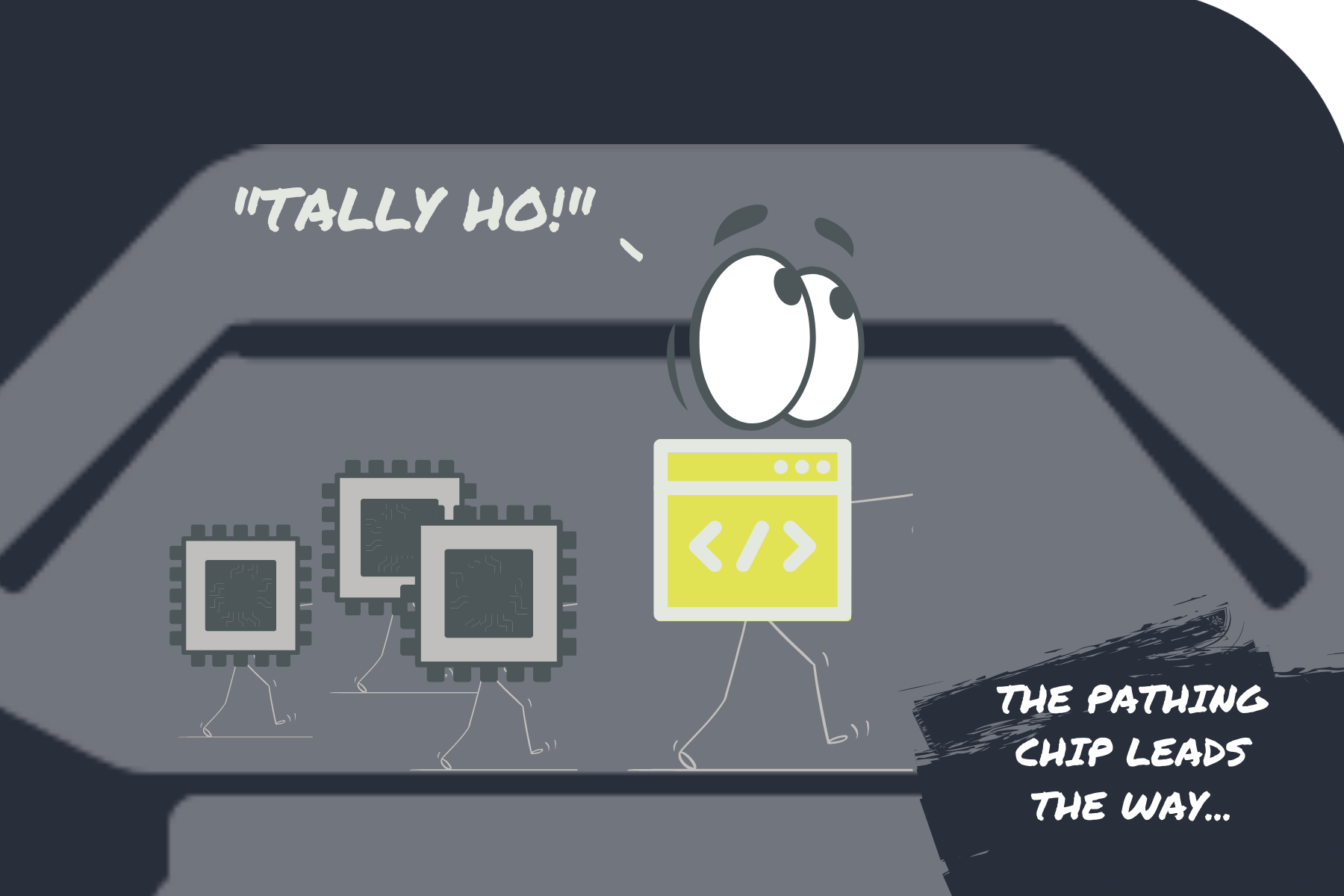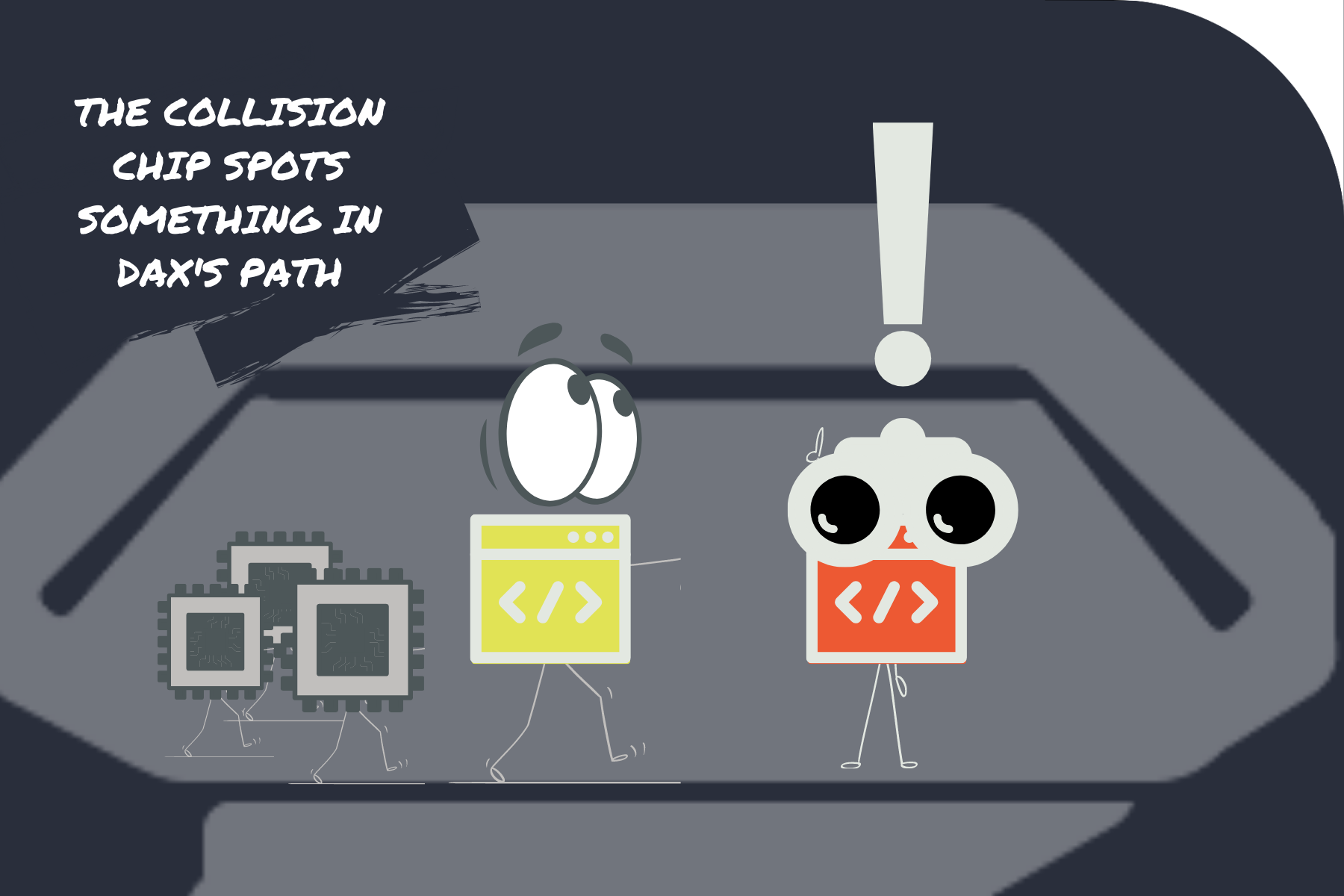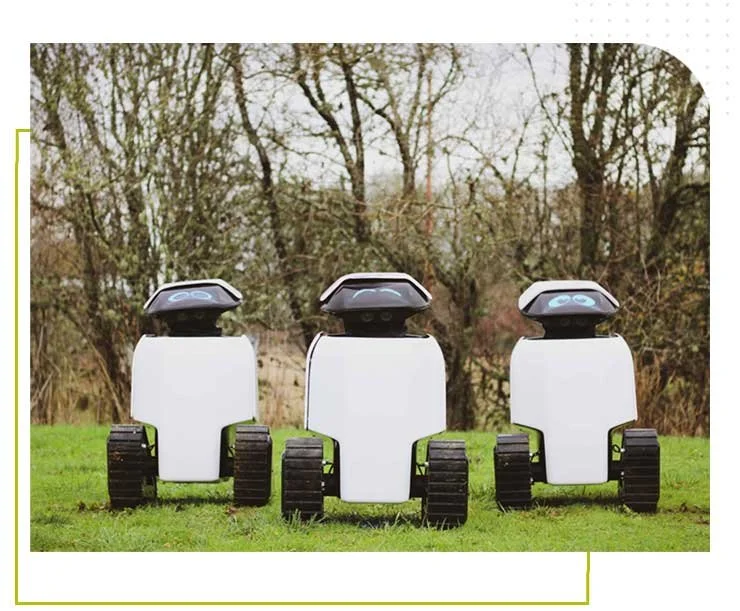
DaxOS
How It Works
DaxOS runs on a collection of small "chips." Each "chip" is an expert in one job—staying on route, steering clear of obstacles, greeting people, and so on. To determine a course of action, each chip casts its vote, and the plan with the strongest case wins. Unlike the fixed playbooks most robots follow, DaxOS allows Dax to glide through real-world crowds and chaos with ease.
Imagine Dax gets the call to patrol a city park. His path-planning chip votes to follow the mapped loop, and—hearing no louder objections—his cortex approves. Dax rolls out at a strolling pace.
Mid-loop, a child streaks across the sidewalk. Collision-avoidance fires an urgent stop vote. Its heavier weight cancels forward motion, so Dax brakes. He then eases back onto the route once the way is clear.
Later, while patrolling or between survey blocks, the interaction chip spots someone waving. If his schedule allows for interaction, Dax turns, tilts his head, and chirps a greeting. When the clock is tight, he saves the wave for the next pause.
“votes are weighted by the importance of the chip voting and balanced by the confidence that that chip has in its vote”
By continuously weighing these votes, Dax can navigate, greet, and stay safe all at once—no rigid script required.
The Future
Picture a video game where every non-human player runs on DaxOS. One character's chips lean toward curiosity, another's toward loyalty, a third carries a touch of cautiousness. Tweak the weights, and they start chasing their own private goals, giving them a "real" player effect.
That's only one path. Fourier built his transform to study heat; today it underpins every digital song. We hope that DaxOS will appear in places we haven't yet imagined. Sure, some jobs will always stick to top-down code, but fresh tools spark fresh ideas—and that's the fun part.
While we stay mindful of our shareholders, our vision stretches beyond Dax itself. We want to hand these building blocks to creators everywhere as we work toward a future where technology supports our natural rhythms rather than disrupting them.



